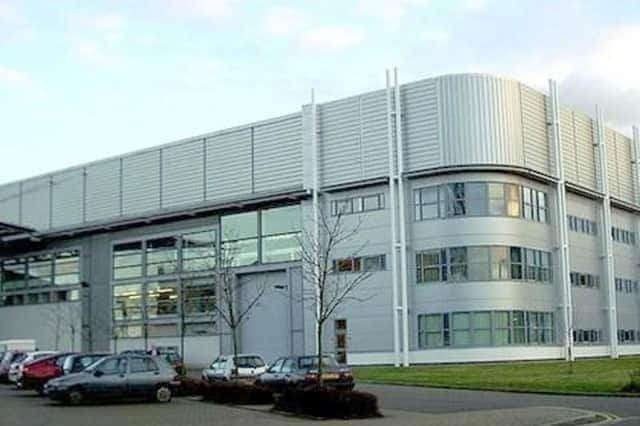Space experts at Cranfield University endorse testing of machine for Moon and Mars missions in Milton Keynes
and live on Freeview channel 276
Experts at Bedford’s Cranfield University say it's apt to see a machine which could be used for space missions, tested In Milton Keynes.
The planetary rover that could end up being used to build habitats on the Moon or explore the surface of Mars has been put through its paces at a quarry in Milton Keynes, as reported here
Advertisement
Advertisement
The Sample Fetch Rover (SFR), affectionately called Anon, was originally built to collect sample tubes left on Mars by another rover called Perseverance, which landed on the red planet last February.


However, Anon was dropped from the mission after NASA and the European Space Agency announced Perseverance was already collecting samples on its own.
Despite this, engineers at aerospace company Airbus have continued to develop and test the machine which includes quarry testing.
David Cullen, Professor of Astrobiology and Space Biotechnology at Cranfield University said: “The Milton Keynes area has significant expertise and research in space technologies, so it is very apt to see the rover tested in our locality.
Advertisement
Advertisement
“The technology developed for the Mars rover definitely has promising applications elsewhere in planetary investigations and activities.
“The UK’s significant investment in developing the advanced autonomous navigation and operation capabilities for the rover could easily be transferred to fulfil other planetary roving roles.
"The rover itself would need to be modified or redesigned to handle different environmental challenges on the Moon such as greater temperature ranges and to cope with carrying larger loads or even a role in building lunar habitats."
Saurabh Upadhyay, lecturer in space engineering, added: “The significant difficulty is to make a fast traversing rover that can be operated autonomously in extreme (dark and cold) lunar environments. This demonstration will help in developing and testing rover autonomy technologies that are also transferrable to autonomous vehicles exploring difficult earth terrains.”
Advertisement
Advertisement
While the rover was destined to travel to Mars, experts have suggested its technology could be useful for several purposes, including building habitats on the moon.
Various avenues of investigation could be scientific, going into places where there's lunar ice.
But it could also support of human habitats, whether it be autonomously building habitats or whether it's supporting driving astronauts around on the surface.